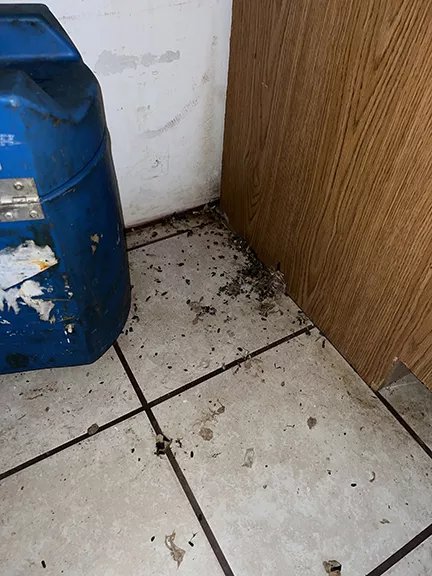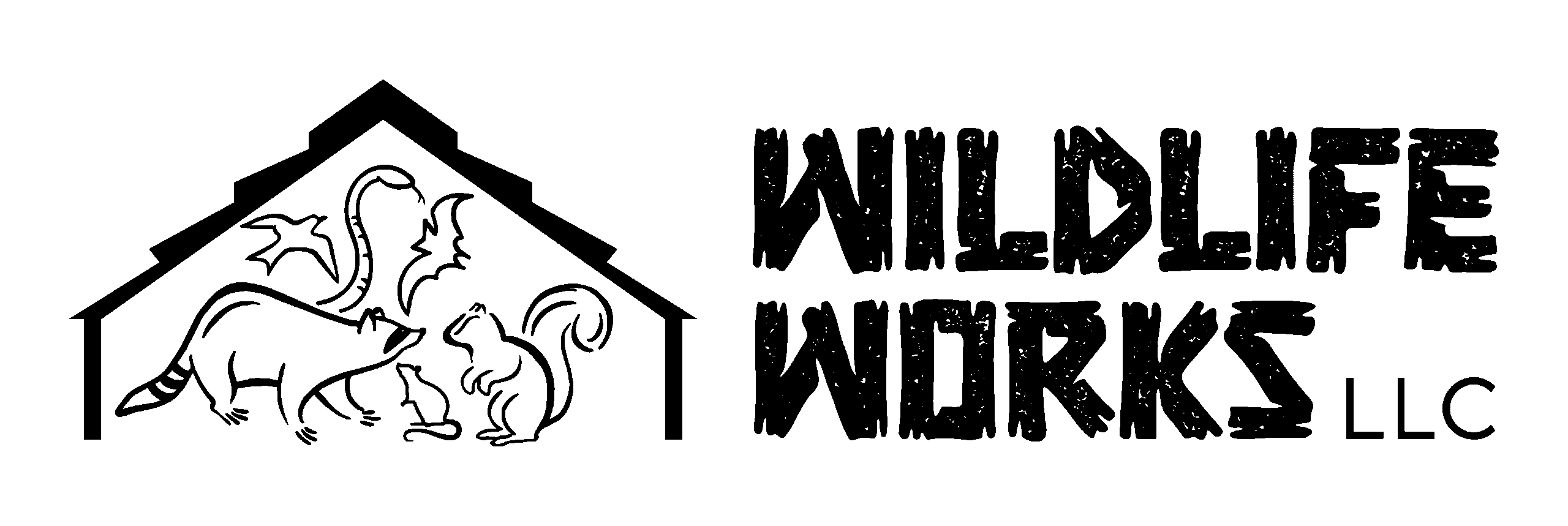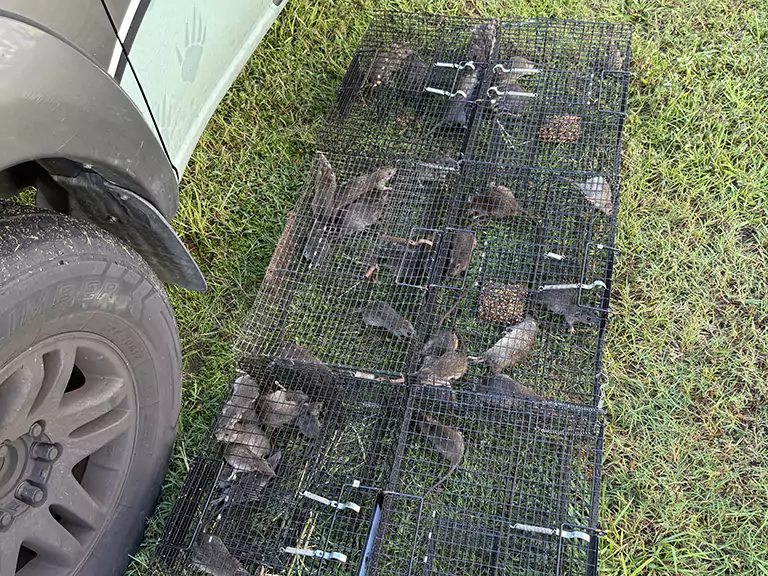Rodents can be more than just a nuisance on a farm; they’re a real threat to your livestock, feed, and food supplies. Without proper farm and barn rodent control, mice and rats can contaminate food, chew through wires, and cause structural damage to barns and farm buildings.
In Florida, the most common offenders are the house mouse, Norway rat, and roof rat. These pests thrive anywhere they can find food, shelter, and water. Effective control requires a consistent plan to control rodents, prevent nesting, and protect your property year-round.
Below is a practical checklist for farm and barn rodent control tailored to Florida’s climate and agricultural needs.
1. Check for Signs of Rodent Activity
Knowing the signs of a rodent problem helps you act before it spreads. Inspect your barns, stables, and storage areas for:
Droppings along walls, corners, or feed storage areas
Chewing or gnaw marks on feed bags, wires, or wooden beams
Spilled feed or shredded nesting materials in corners
Dead rodents around the property or in traps
Cats or other animals acting unusually alert near walls or feed bins
Noises or scratching behind walls — an indicator of established populations
2. Eliminate Food and Shelter
Rodents are drawn to feed and clutter. Cleanliness and organization are the foundation of population reduction.
Store feed in sealed metal cans or rodent-proof containers
Clean up spilled feed daily
Remove debris, old boards, and clutter that provide hiding spots
Keep grass short and weeds trimmed around buildings
Fix dripping water pipes and eliminate standing water
Reducing access to food, shelter, and water will limit how many rodents travel through your barn or shed.
3. Rodent-Proof the Structure
Your barn or shed can be a fortress against vermin with the right materials.
Seal holes and openings larger than ¼ inch using hardware cloth, sheet metal, or concrete
Pay close attention to right angles where rodents travel along walls
Check door frames, foundations, and ventilation areas regularly
Install barriers in poultry houses and feed rooms
Reinspect every six months for new entry points
4. Use Traps and Bait Stations Effectively
Choosing the right trapping method makes a big difference in rodent control.
Place bait stations in areas with high rodent activity
Consider using contraceptive products like Evolve to manage reduce long term rodent numbers
Avoid glue traps where non-target animals, pets, or livestock might contact them
Always wear gloves when handling bait, traps, or dead rodents

5. Maintain and Monitor Regularly
A single treatment won’t eliminate rodents for good. Ongoing inspection is key to population reduction.
Check traps and bait stations daily
Remove and dispose of dead rodents safely
Watch for droppings, new gnaw marks, or chewed wires
Refill bait stations and reposition traps if needed
Continue these checks until all rodent activity stops
Reassess monthly, especially during cooler months when rodents seek indoor shelter
6. Protect Your Farm, Family, and Livestock
Rodents can spread disease and cause serious health risks to humans, pets, and livestock.
Rodents are known carriers of bacterial food poisoning, bubonic plague, and other diseases
Keep children, pets, and other animals away from baited areas
Never handle dead rodents without gloves
Dispose of carcasses in sealed bags or containers
Avoid leaving poison exposed where non-target animals could access it
Wash hands thoroughly after any cleanup activity
7. Add Natural and Preventive Measures
In addition to traps and bait, natural predators can help balance the rodent population.
Encourage farm cats, owls, and hawks near barns
Keep barns and buildings ventilated and well-lit
Use hardware cloth barriers to prevent nesting under equipment or feed bins
Purchase effective traps and baits from a reputable farm supply store — look for trusted other brands suited for agricultural use
8. Know When to Call a Professional
Sometimes a rodent problem becomes too large for DIY methods.
You’re seeing large numbers of mice and rats or an established population
You’ve noticed ongoing rodent activity despite multiple control efforts
You’re concerned about non-target animals, pets, or livestock being exposed
You’ve found widespread damage to insulation, feed bags, or wiring
Wildlife Works offers farm and barn rodent control solutions throughout Central Florida.
Our technicians can inspect your buildings, identify entry points, and use safe control methods designed for agricultural environments.
8. Know When to Call a Professional
Effective farm and barn rodent control requires more than just setting a few traps. It’s about consistent prevention, maintenance, and awareness. By following this checklist, Florida farmers and property owners can reduce risk, protect valuable resources, and maintain healthier, cleaner facilities.
If you’re seeing signs of rodent activity or need help protecting your farm buildings, contact Wildlife Works today. Our experienced team provides long-term solutions that safeguard your livestock, property, and food storage areas.
Need Help?
Call Now: 352-717-8727
Don’t wait for wildlife problems to escalate. Get expert help today.

